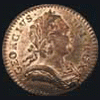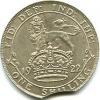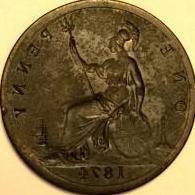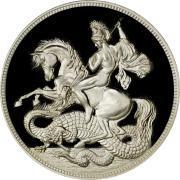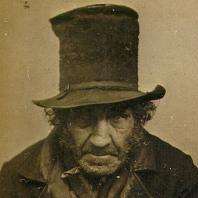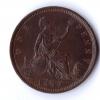It is true that there are minor differences between individual digit punches, even where the font was the same. This is inevitable, as are date spacing variations, in the days before technology was microscopically precise. I suppose it is a question of degree as to whether we recognise them as different, and collectable. Judicious work with a micrometer (or hi tech equivalent) could possibly differentiate all the individual dies used in the era where date digits were entered by hand, but I do not feel this would make each die a different 'variety'. However there are collectors in some series particularly hammered who will collect different dies. There is nothing wrong with this approach, nor collecting differing date spacings, some of which are clearly rare. It is a question of terminology as to whether these are considered true varieties, or in numismatic terms something else such as minor variants.
I dont think we disagree .
Jerry
 Coinpublications.com
Coinpublications.com

